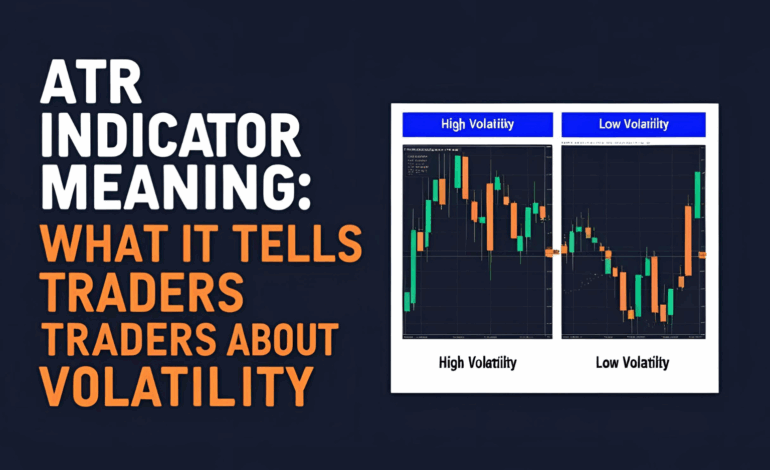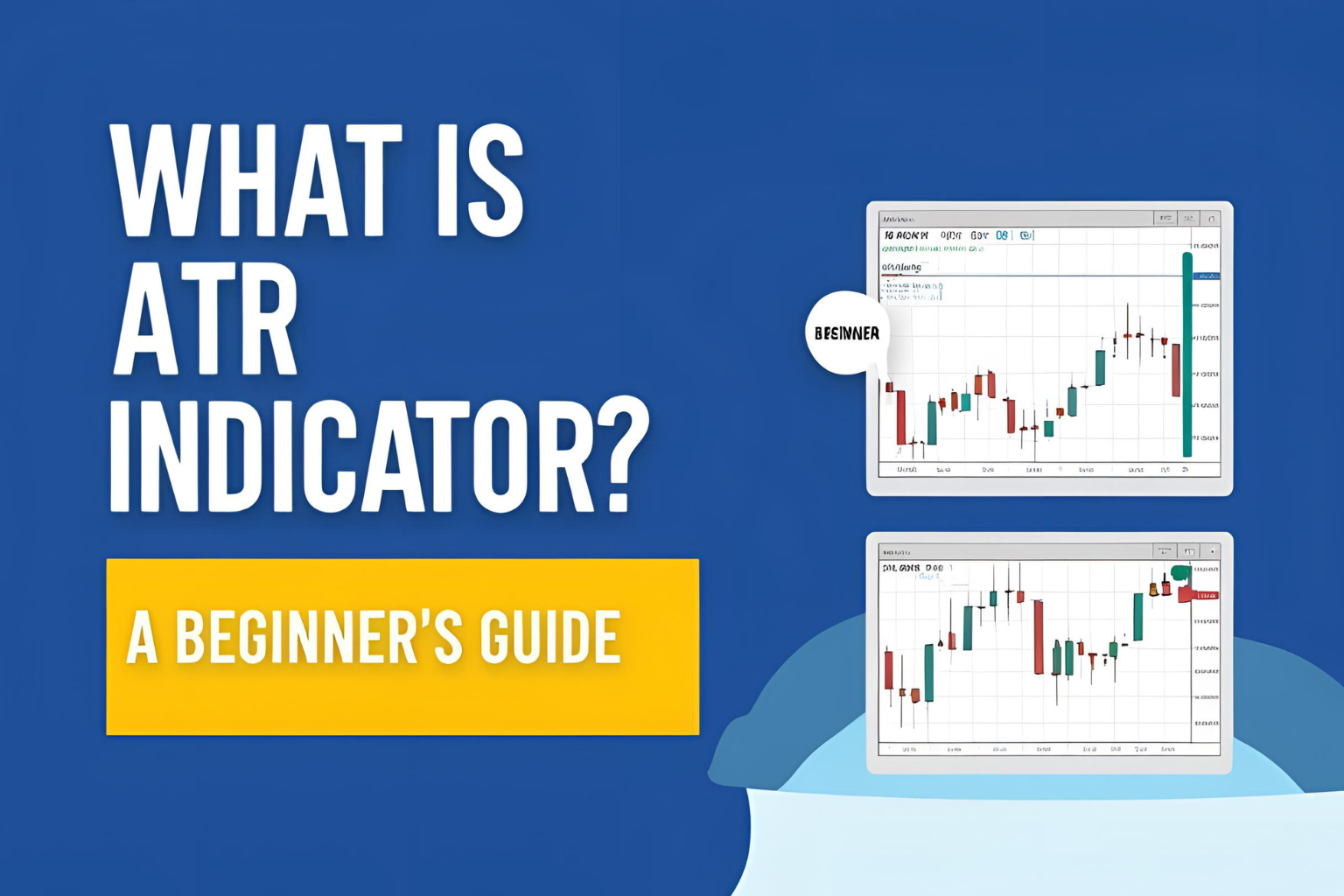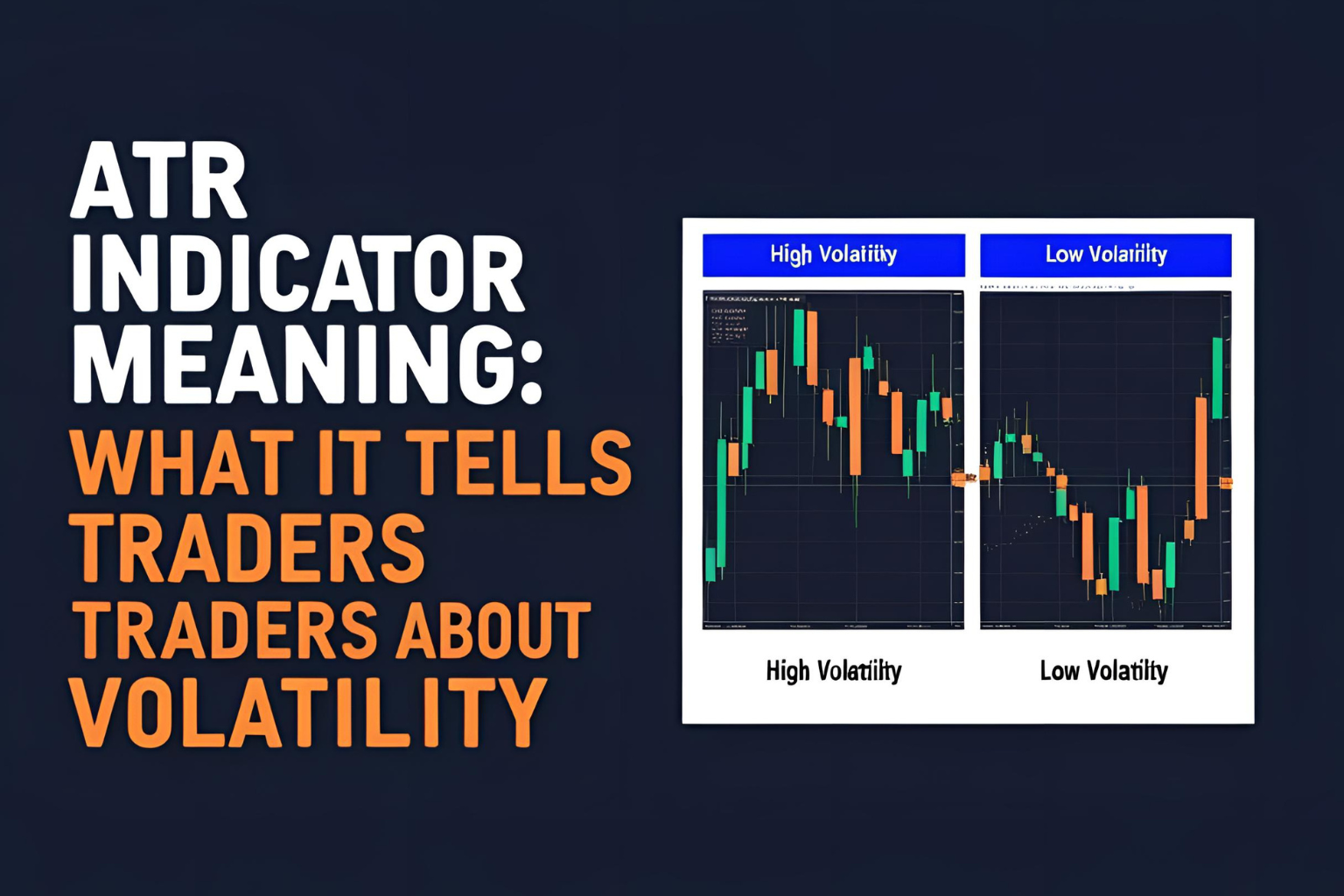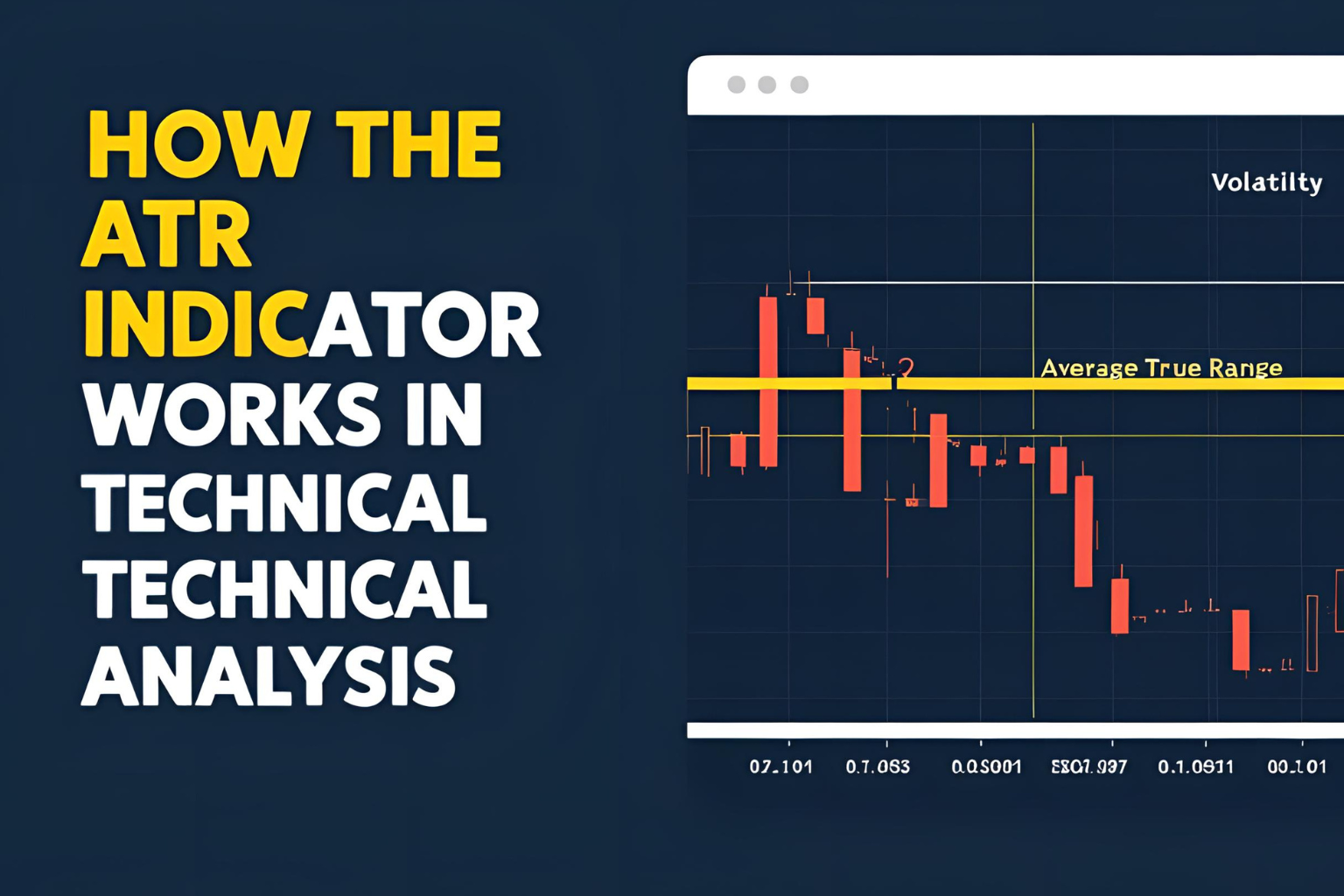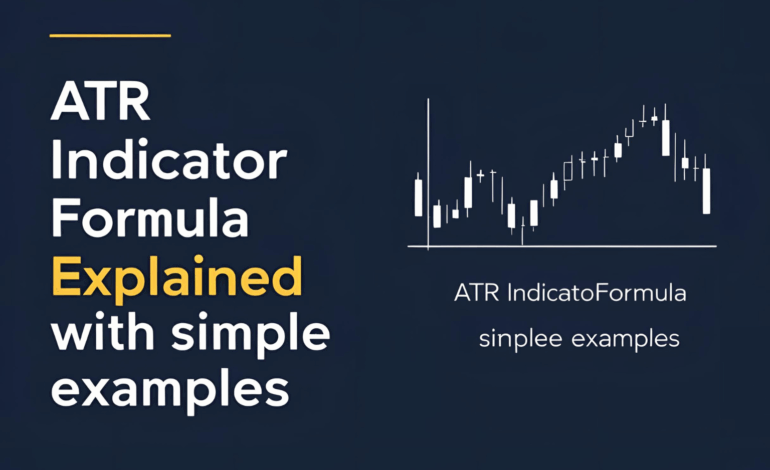
ATR Indicator Formula Explained with Simple Examples
The ATR indicator formula helps traders calculate market volatility based on price movements. It uses the True Range (TR) as its foundation and provides a smooth average of this range over a selected period.
Let’s break down the steps and walk through an example.
Step 1: Understand the True Range (TR)
Before calculating ATR, you must find the True Range for each period. True Range considers not just the high and low of the current candle, but also the gap from the previous close.
True Range (TR) is the greatest of:
- Current High – Current Low
- |Current High – Previous Close|
- |Current Low – Previous Close|
Step 2: Calculate the ATR
Once the TR is calculated for each period, the ATR is the moving average of these values over a defined number of periods (typically 14).
ATR = (TR₁ + TR₂ + … + TRₙ) / n
Where:
- TRₙ is the true range of each candle
- n is the number of periods (e.g., 14)
Example Calculation
Let’s assume 5 days of TR values (simplified):
- Day 1 TR: 2.0
- Day 2 TR: 2.3
- Day 3 TR: 1.8
- Day 4 TR: 2.5
- Day 5 TR: 1.9
ATR(5) = (2.0 + 2.3 + 1.8 + 2.5 + 1.9) / 5 = 10.5 / 5 = 2.1
This means the average true range of the asset over the past 5 days is 2.1 units.
Why the ATR Formula Matters
- Helps identify volatility changes over time
- Assists in position sizing and stop-loss levels
- Detects quiet vs volatile market phases
Traders don’t need to manually calculate ATR today—platforms like TradingView, MT4, or ThinkorSwim handle it automatically. Still, understanding the formula improves strategic use.
Common Period Settings
- 14-period ATR: Standard for most strategies
- 7-period ATR: Faster but more sensitive
- 21-period ATR: Smoother, for long-term trends
Conclusion
Knowing the ATR indicator formula helps you move beyond just using the tool—you’ll truly understand its purpose and how to adapt it for different strategies. By calculating true range and averaging it over time, ATR offers reliable insight into market volatility.
✅ FAQs
1. What is the true range in ATR?
True range is the greatest of current high-low, high-previous close, or low-previous close.
2. What is the standard ATR period?
The 14-period ATR is the most commonly used setting.
3. Is ATR based on price direction?
No, it only measures volatility, not whether the price is going up or down.
4. Can I change the ATR period in charting platforms?
Yes, most platforms allow custom ATR periods to suit your strategy.
5. Why is ATR important in trading?
It helps you size your trades, place stop-losses, and recognize volatile vs quiet markets.


